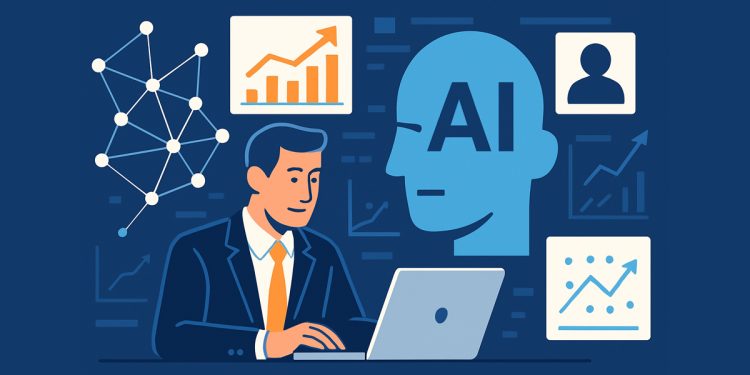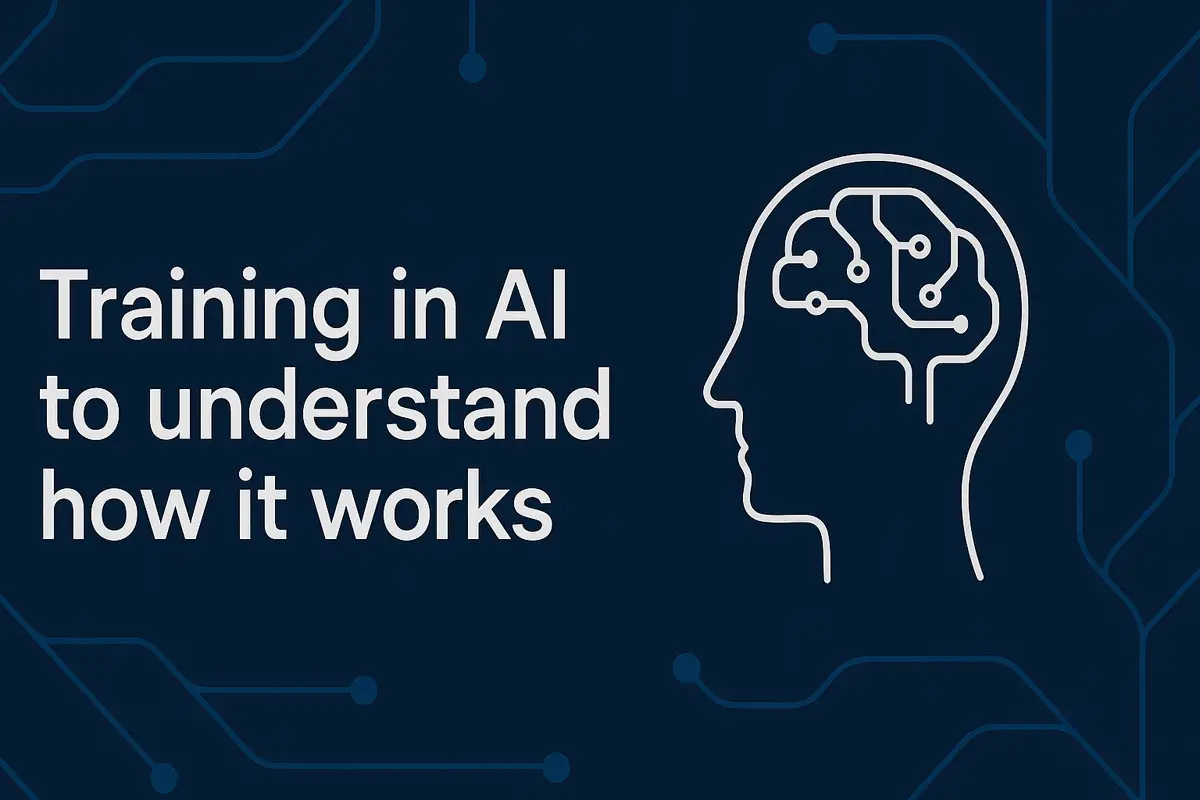How AI is Transforming Business Education: New Trends in Leadership and Management Training

The phrase “if you don’t understand AI, you don’t understand your business” is no longer a warning: it’s a late notice. Artificial intelligence is not the future that’s coming, it’s the present that’s already making decisions for you: what products to see, which emails to respond to first, even which profiles to hire. This is why many executives are seeking an AI & Business School to enhance their professional profile and market competitiveness.
Meanwhile, many leaders still don’t understand how it works or how to integrate it into their strategies. It’s not anyone’s fault, but it is the responsibility of all those in decision-making positions.
Training in AI to understand how it works
Executives used to focus on vision, people management, and strategy. Today, that package comes with a new tool under the arm: artificial intelligence. And while you don’t need to be a programmer, you do need to have the judgment to know what to ask for, what to question, and which decisions to automate.
AI is already in the room, even if you haven’t invited it. Ignoring it is like covering your ears during a meeting. You can do it, but the rest will keep talking (and advancing) without you.
From MBA to GPT: Executive education reinvented
Until recently, executive training was based on traditional business models, soft skills, and Harvard case studies. Today, those contents alone feel as outdated as a fax machine. The shift is not just in the curriculum; it’s in the mindset.
We no longer study to understand the company of the past, but to build the one of the future.
Now, truly valuable programs include AI simulations, 6-week courses where you learn to use tools like ChatGPT or Midjourney, and sessions with mentors working with real data and real problems. Training has shifted from being theoretical to becoming tactical.
Microlearning with Brain: Bite-sized training with purpose
Forget the typical long courses that drag on for months. What’s working now are short, focused modules that are accessible from any device. The key? They’re powered by AI.
It’s not about studying more, but studying exactly what you need. The system analyzes how you learn, what you need to reinforce, and which content suits you best. This way, instead of wasting time on what you already know, you focus on what can truly make a difference.
Microlearning has become the favorite tool for many leaders: they can train between meetings, progress at their own pace, and, most importantly, see tangible results quickly.
The new leader profile: Hybrid, strategic, and tech-friendly
It’s no longer enough to be a good manager or have a solid strategic vision. In the age of artificial intelligence, leaders must also understand how technology works and how it can be integrated into business decision-making.
The new leaders stand out for:
● Agile mindset: The ability to adapt quickly to changes.
● Systemic thinking: They understand how each decision impacts the whole.
● Digital skills: They may not be programmers, but they know how to read data, use tech tools, and lead in digital environments.
● Constant curiosity: They learn continuously and seek to stay updated, aware that knowledge quickly becomes outdated.
Learning by doing: Simulators that teach more than books
One of the most powerful contributions of AI in corporate training is the ability to experiment without fear. Simulated environments allow leaders to face critical decisions, complex conflicts, or strategic challenges… but without real consequences.
Failure is no longer an enemy; it’s part of the learning process. Failing within a simulator doesn’t cost you money or reputation, but it does teach you. And it does so better than any theory.
Furthermore, the scenarios adapt to the participant’s style. Leading a startup is not the same as leading a large corporation. AI detects your profile and shapes the challenges based on how you act. This way, each session becomes more real, more challenging, and most importantly, more useful.
Starting from the beginning, step by step
The good news: you don’t need to dedicate half a year or change careers. A webinar, a trial with a tool, a conversation with someone already applying it… that’s enough to start understanding.
The key is curiosity, not perfection. Ask yourself simple questions: What process do I repeat every week? Could AI help with this? Am I making decisions based on data or assumptions? That’s where the change begins. You don’t need to be an expert, you just need to be curious.
The need to adapt leadership style
21st-century leadership is not only measured by charisma or results: it’s also measured by adaptability.
AI is not here to replace you; it’s here to enhance you. To free up time, offer new ways of seeing the business, and give you tools to lead better. But for that, we must stop viewing it as something foreign.
The leaders who will pave the way won’t be the most technical, but the boldest. Those who ask questions, those who make mistakes and try again. Because it’s not about competing against machines, but about learning how to use them well.




![5 Best First Aid Training Organisations For Nurseries [2025 Review] (1)](https://www.on-magazine.co.uk/wp-content/uploads/5-Best-First-Aid-Training-Organisations-For-Nurseries-2025-Review-1-150x100.jpg)





